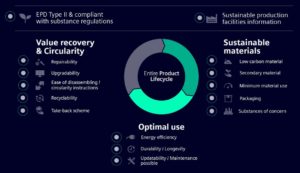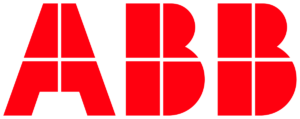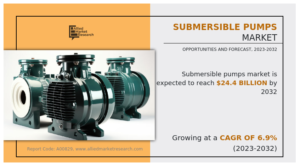Siemens Extends Performance Spectrum of Synchronous-Reluctance Drive System
Siemens is extending its portfolio of Simotics synchronous-reluctance motors to include the two new shaft heights, AH90 and AH225. With these new additions, the company is addressing calls from renowned manufacturers of pumps, fans, compressors and machine builders in general for different shaft heights.
The motors are available in a power range of 0.55 to 45 kilowatts (kW), and now also with rated speeds of 1500 and 3000 revolutions per min-1. In conjunction with the recently launched Sinamics Reluctance Control License, precise encoderless closed-loop torque control is possible down to a standstill. The license enables field-oriented (vector) closed-loop control even when at a standstill – reliably eliminating the possibility of the synchronous motor “stalling” at any time even if the load inertia is not known.
As digitalization is the key to fast, efficient working, Siemens has equipped the motors and converters with a data matrix code. Attached to the motor enclosure and the display or converter housing, this code provides users with access to technical data, spare part information and operating instructions at a glance. The data is accessed with the aid of a mobile terminal and the Simotics Digital Data App for motors, or alternatively the Siemens Industry Online Support App for converters. The availability of 2D or 3D engineering data makes for shorter, more flexible design and engineering processes.
As an integrated drive system, Simotics reluctance motors and Sinamics converters are specifically coordinated to work together. Compared to induction motors, they offer highly efficient operation, particularly in the partial load range. The coordinated system comprising a Sinamics G120 converter and synchronous-reluctance motor enables the ideal closed-loop control of pumps, fans and compressors. By combining the Sinamics S120 converter and Sinamics Reluctance Control License, it is even possible to achieve encoderless closed-loop control down to a standstill, enabling applications in conjunction with coilers, servo pumps and extruders.
Proven system already in widespread operation
Synchronous-reluctance drive systems operate with exceptional energy efficiency, while also providing far greater power reserves than a comparable asynchronous drive. Particularly in comparison to conventional asynchronous technology, with its Simotics synchronous-reluctance motors Siemens enables extremely high efficiency to be achieved at the rated operating point and in the partial load range while at the same time ensuring high power density and dynamic performance. The result: savings in terms of costs and energy.
Synchronous-reluctance technology has proven highly successful in countless practical applications in the field. Customers such as machine builder Olbrich, plasterboard manufacturer Knauf and compressor manufacturer Kaeser Kompressoren have opted to use synchronous-reluctance drives due to their outstanding energy efficiency, their optimum operating behavior as a result of synchronous encoderless operation and their simple commissioning with the aid of the motor code.
Source: Siemens Aktiengesellschaft







